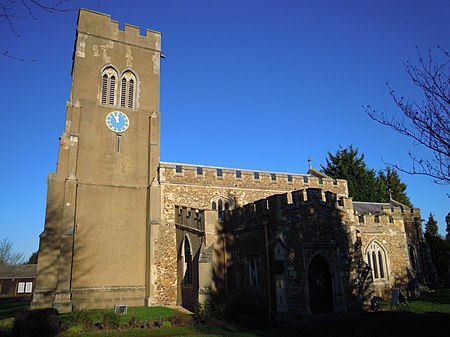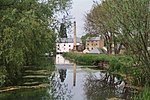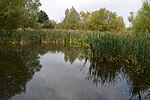Church of St Mary, Stotfold
Church of England church buildings in BedfordshireGrade II listed churches in BedfordshireStotfoldUse British English from February 2023

The Church of St Mary the Virgin is the Church of England parish church for Stotfold and nearby Fairfield in Bedfordshire. The church comes under the Diocese of St Albans and is Grade II* listed.
Excerpt from the Wikipedia article Church of St Mary, Stotfold (License: CC BY-SA 3.0, Authors, Images).Church of St Mary, Stotfold
Chequers Close,
Geographical coordinates (GPS) Address External links Nearby Places Show on map
Geographical coordinates (GPS)
| Latitude | Longitude |
|---|---|
| N 52.0151 ° | E -0.2233 ° |
Address
Saint Mary The Virgin, Stotfold
Chequers Close
SG5 4NT , Stotfold
England, United Kingdom
Open on Google Maps









